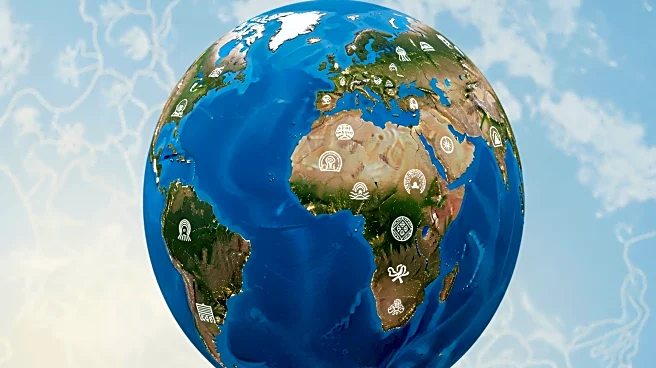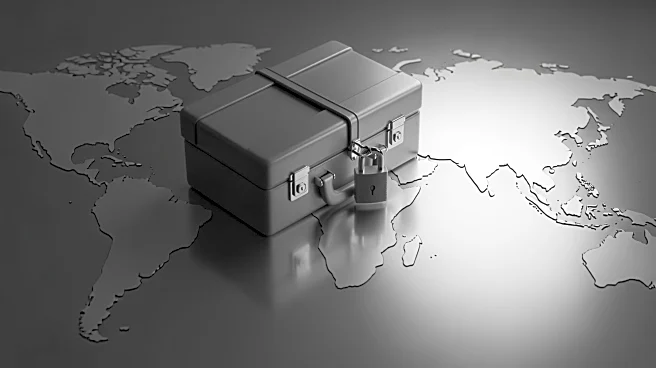What's Happening?
National Geographic provides an educational overview of continents, emphasizing the unique characteristics and cultural distinctions that define them. The article highlights Eurasia, a landmass that includes
Europe and Asia, as a single geographic entity. Despite being a continuous landmass, Eurasia is often divided into Europe and Asia due to cultural perceptions. The article explains the geological processes that formed continents, such as plate tectonics and subduction, and describes how these processes continue to shape the Earth's surface. It also discusses the historical movement of continents and the potential for future changes in their positions.
Why It's Important?
Understanding the concept of continents and their formation is crucial for comprehending Earth's geological history and the cultural distinctions that have shaped human civilization. The division of Eurasia into Europe and Asia reflects historical and cultural perceptions that continue to influence geopolitical and economic relationships. This knowledge is essential for educators, students, and researchers in fields such as geography, history, and environmental science. It also provides context for current discussions on global integration and the role of cultural identity in international relations.













